
From group texts to lunch-and-learns, auto shops are finding new ways to make training stick and knowledge flow, observed a shop leader during a recent webinar.
Sharing knowledge and making training work for everyone is what keeps auto shops running strong, said Bill Snow, vice president of franchise development and operations at Rad Air Complete Car Care and Tire Centers.
During the Employee Training Options and Methods webinar, Snow shared how his team uses a mix of formal and informal training to keep everyone learning and growing.
“I’m a big fan of the lunch and learns,” he said of the training method that sees staff gather on the shop floor or in a training room to learn, with lunch provided by the shop. “They give you a little spiel, you get to ask questions. We learned so much during those.”
He explained that some of the best lessons come from real-world questions and shared experiences.
“It was one of the belt manufacturers, and they came in and they were telling us all about this, that and the other, and it all sounded great. And then one of my technicians asked the question: ‘How come whenever we put one of your belts on a Hyundai — which has the manual belt adjustment — how come we can never get them to stop squealing?’ And without hesitation, the belt rep said you only use an OE belt in that application. We’ve been struggling with this for years,” Snow said, lamenting the fact that they just learned that aftermarket belts don’t work very well on that car.
Snow’s team also uses technology to share knowledge quickly across teams if the shop has multiple locations.
“A super informal way is text messaging. We have a group text that has all the shop owners and their managers, and then a couple of the lead technicians,” he explained.
While he advocated that going through the normal channels like colleagues in the shop should be the first place a tech should turn, they can go to their phone and throw the question in the group chat.
“They can say, ‘Hey, I’ve got this whatever, and this is what it’s doing. Who’s seen it before?’” Snow explained. “And everyone will come together and they’ll share some ideas.”
He added that sharing doesn’t stop with texts. They can look up videos online that can help resolve issues and then share them in the group.
Snow said it’s important to recognize that not everyone learns the same way. His shop did a behavioural assessment for the team, specifically the DISC assessment, which categorizes personality traits into four styles: Dominance, Influence, Steadiness and Conscientiousness.
“Everyone sort of understood their DISC profile as well as those that work around them, so that the leadership in the shop could better communicate and better relate with everyone else,” he said.
He believes that taking the time to understand how each person learns and communicates helps make training more effective. “When you take that extra time and really develop styles, their behaviours [and], more importantly, where they want to take their career, they’re going to have more buy-in, because it’s going to work for them.”
For Snow, the best training is the kind that brings people together and makes learning part of the everyday routine.
“It’s got to be continual. It’s got to be part of your culture, part of your habits, part of your rituals,” he emphasized.


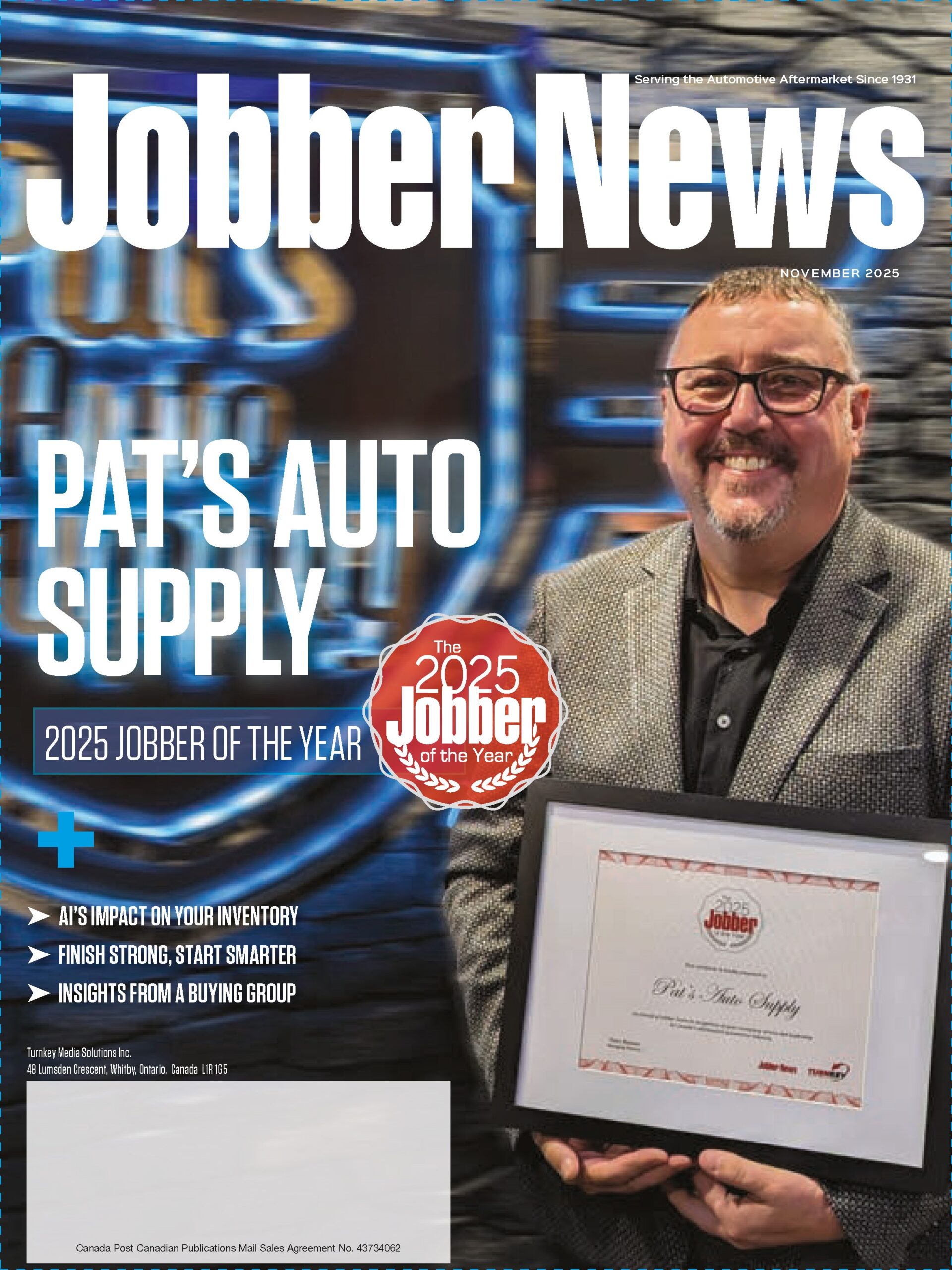



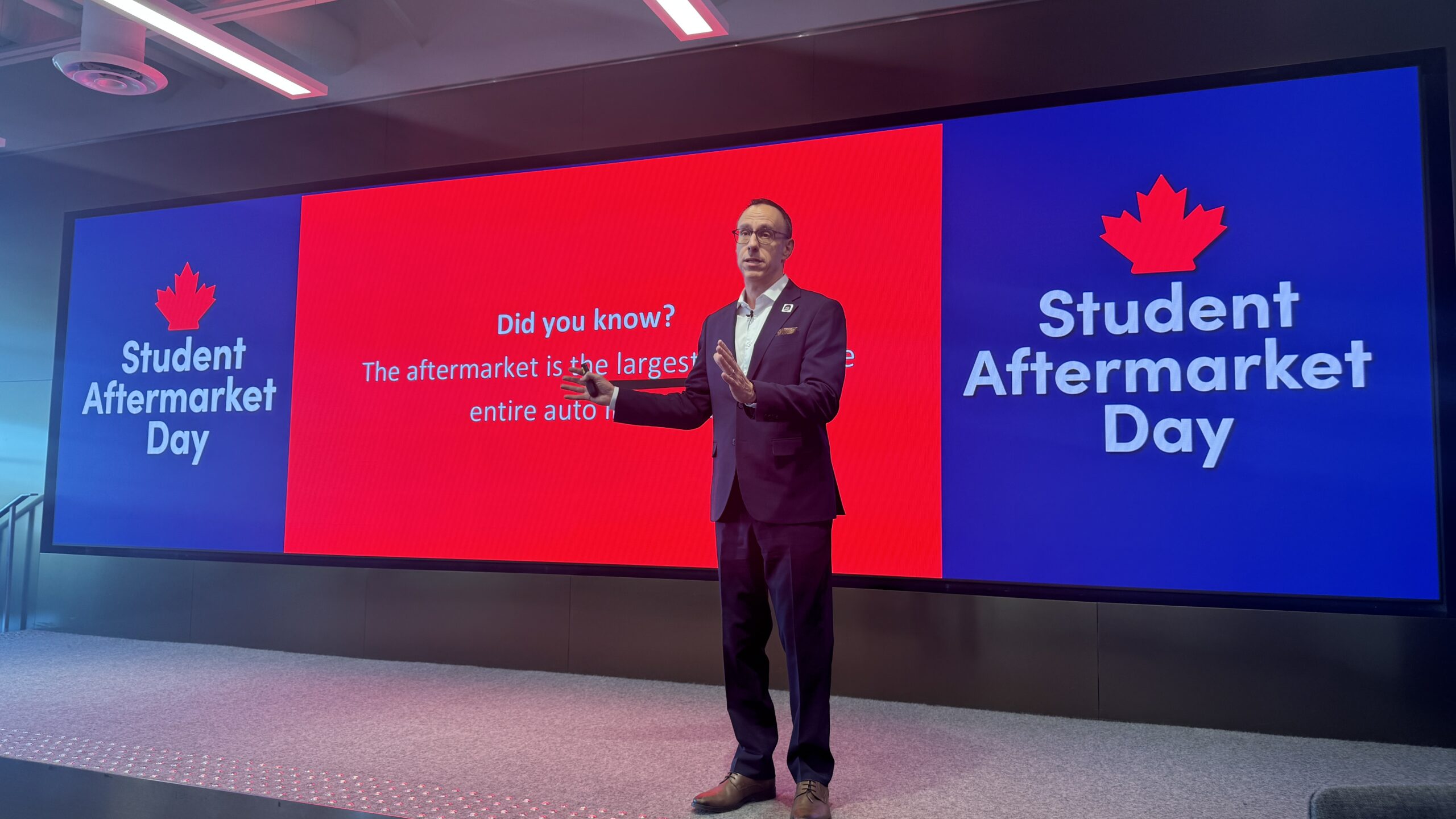
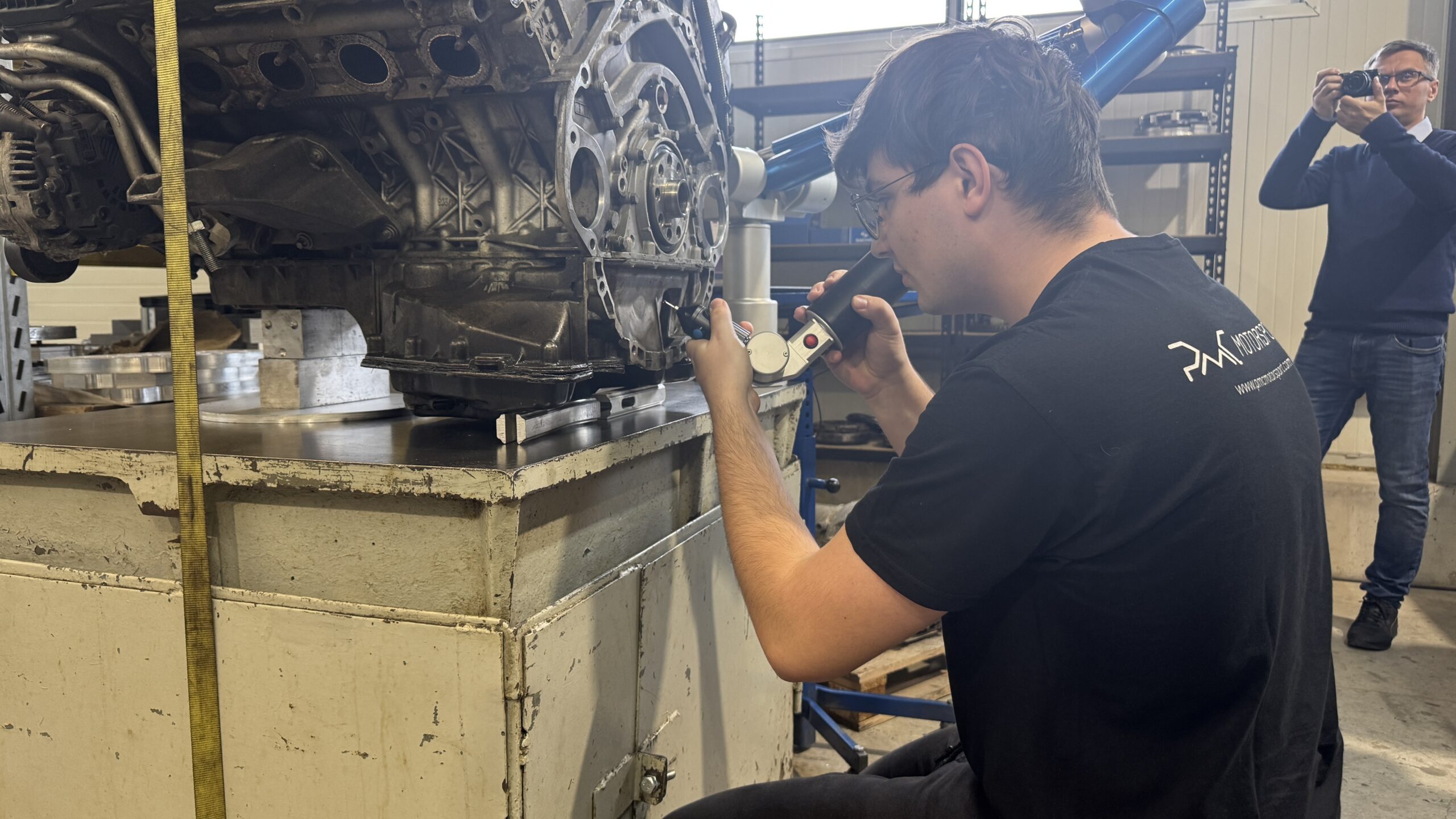
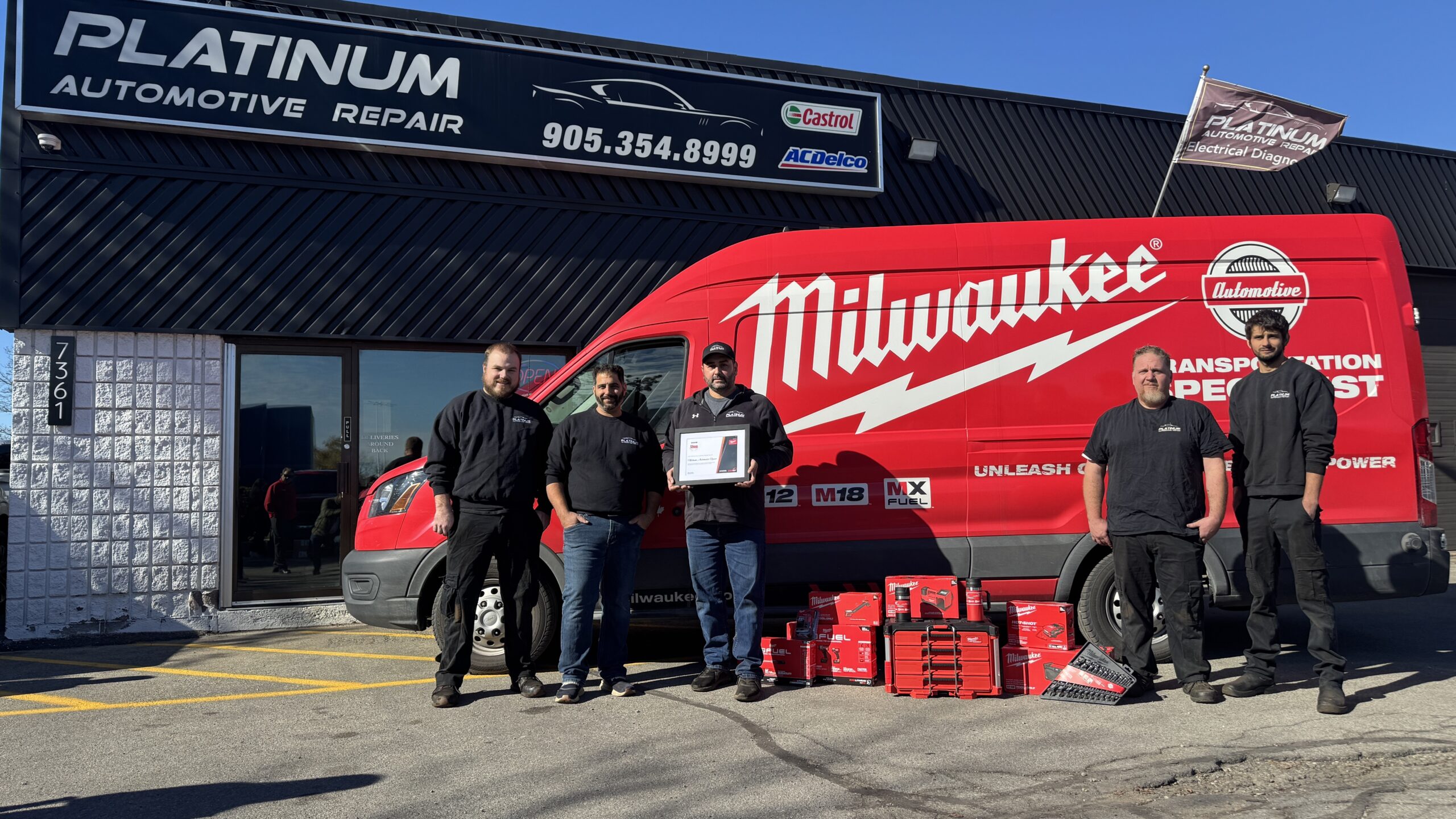
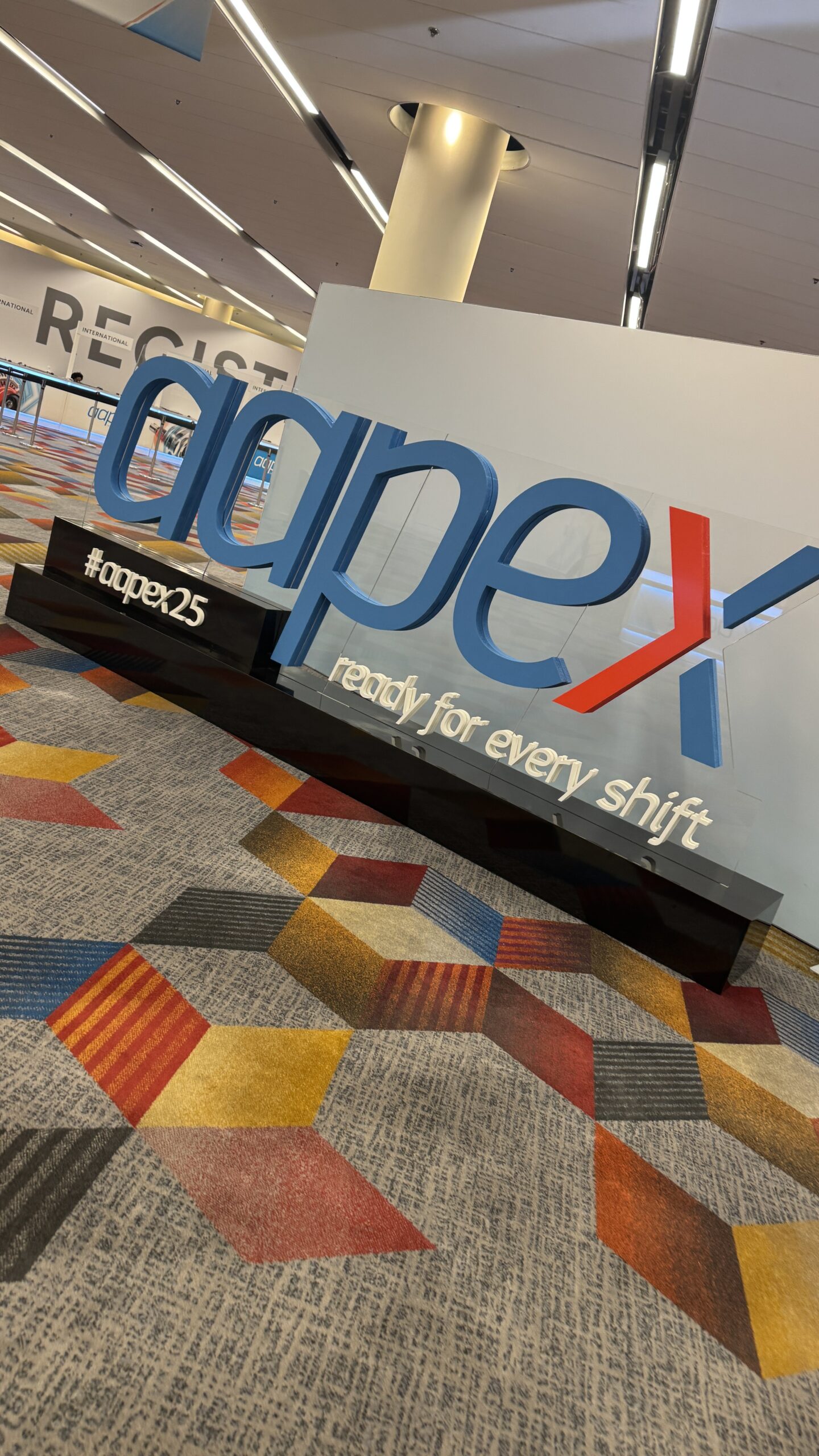



Leave a Reply